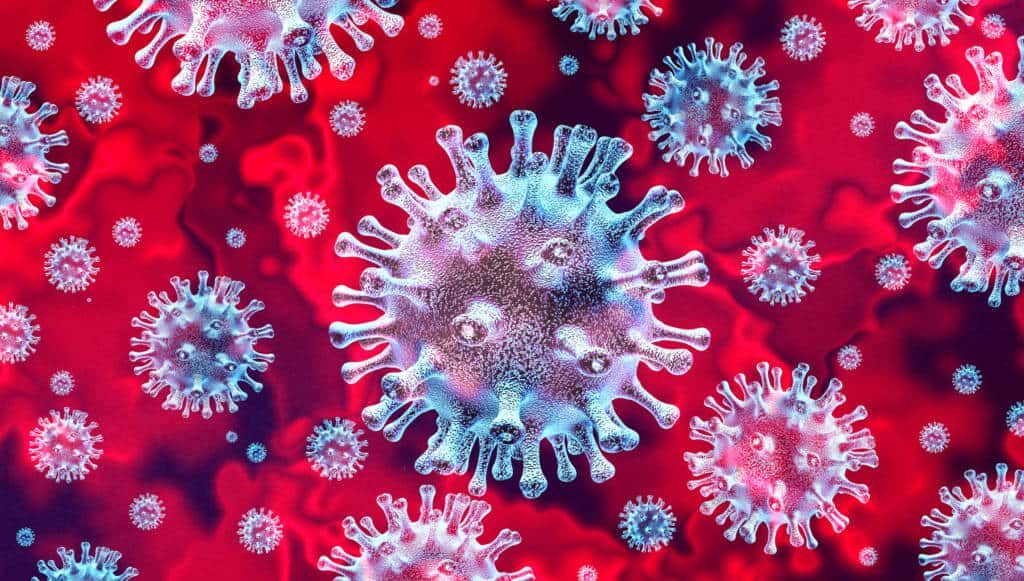The data also suggests that 17.9% of infected persons did not develop symptoms. "A high proportion of asymptomatic infections could partially explain the high attack rate among cruise ship passengers and crew," the authors wrote.
Previous research from the National Institutes of Health(NIH), which was was designed to mimic the virus being deposited from an infected person onto everyday surfaces in a household or hospital setting, explored how long the virus lasts on specific sufaces. AsWholeFoodsMagazinepreviously reported,the researchers determined that the virus is detectable:
- for up to three hours in aerosols;
- up to four hours on copper;
- up to 24 hours on cardboard;
- up to two to three days on plastic and stainless steel.
Related: AHPA: Supplement, Herbal, Cannabis Operations as Essential Businesses Trade Associations to Governors: Supplements Qualify as Essential NPA: Natural Products Industry Can Assist with Production, Distribution of Medical Supplies
TheCDC reportalso offers a broad look at cruise ships as settings for outbreaks of infectious diseases, noting, "Outbreaks of COVID-19 on cruise ships pose a risk for rapid spread of disease beyond the voyage. Aggressive efforts are required to contain spread. All persons should defer all cruise travel worldwide during the COVID-19 pandemic."









